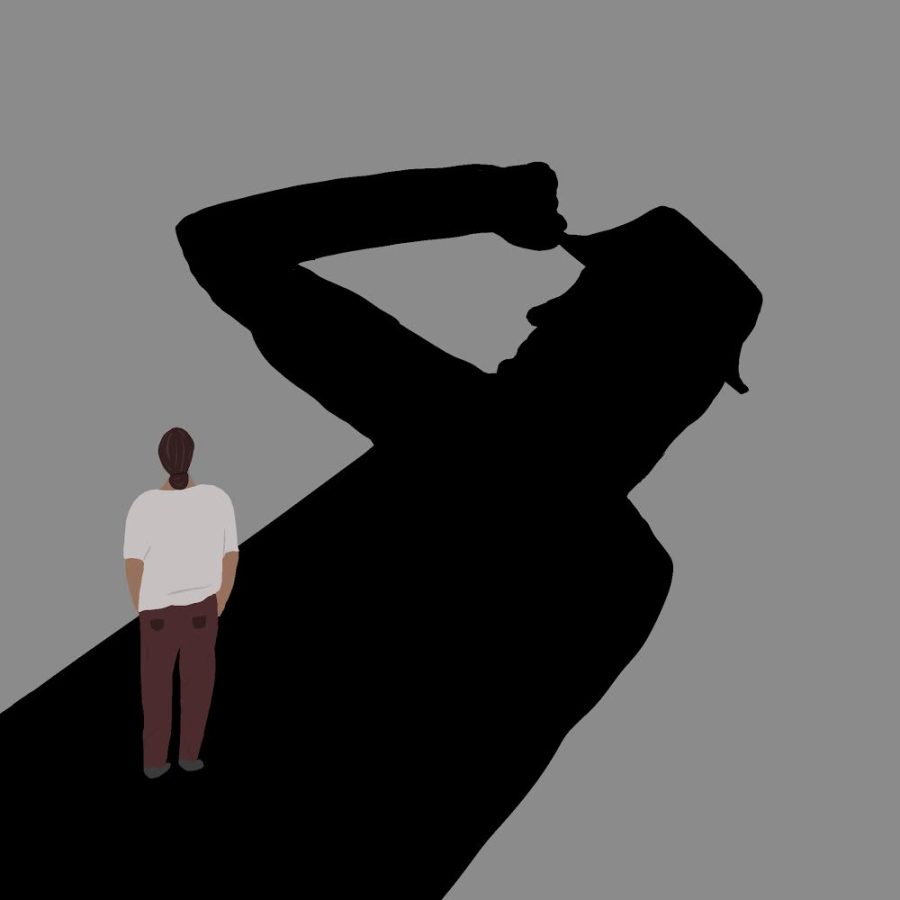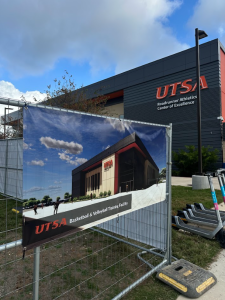End human trafficking
January 25, 2022
I have always been afraid to walk alone at night. The same thoughts race through my mind, whether it’s from my car into my house or across a huge parking lot.
Walk faster.
Check behind you.
Stay vigilant.
No. Matter. What.
But now, this is 24/7. In broad daylight — while I’m walking out of a store or from class to class on my school campus — it feels like life or death. Being afraid of the unknown is definitely a universal experience, but when you know exactly what it is that could happen to you, the fear evokes a visceral reaction.
With January being Human Trafficking Awareness Month, it is only right that we make this a conversation about awareness. According to a study from the International Labour Organization, an estimated 24.9 million people are victims of human trafficking each year. This means that 24.9 million people are uprooted from their lives and thrown into vicious cycles of forced labor, sexual exploitation or domestic servitude. Women and girls are also disproportionately affected by human trafficking: they make up 71% of all victims. Think about that — over half of the total number of victims are people like your mom, your sister, your aunts and your daughters.
For years, the perpetuation of this system sits right under our noses; days and years go by as the missing people rates skyrocket. It is sickening to be aware of these statistics and feel as though nothing we do will change their fate, but we can make a difference in the lives of people who feel it is over for them. It is imperative that we are in the know about the signs displayed by a human trafficking victim. According to an article by expert Mellisa Withers, the signs include, but are not limited to: has unusual restrictions at work (such as no breaks), works excessively long hours or works on site, has a great deal of anxiety or depression, exhibits fear at the mention of law enforcement officials, offers a scripted story to explain signs of abuse, is not allowed to speak for themselves and shows signs of poor hygiene, malnourishment, fatigue or abuse.
Being knowledgeable about signs exhibited by possible human trafficking victims is the first step in saving lives; the second step is using our voices to speak up and protect those who cannot do it for themselves. You can also donate to organizations that are working to eradicate human trafficking, like Polaris and the Alamo Area Coalition Against Human Trafficking.








Makenzie Lampe • Jan 26, 2022 at 4:33 pm
I, too, feel scared when walking alone, especially when it’s in an area I’m not familiar with. Unfortunately, we as women have to live with a constant fear of being taken because we are women.
It’s great that you’re bringing awareness!